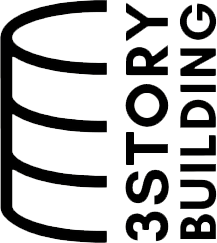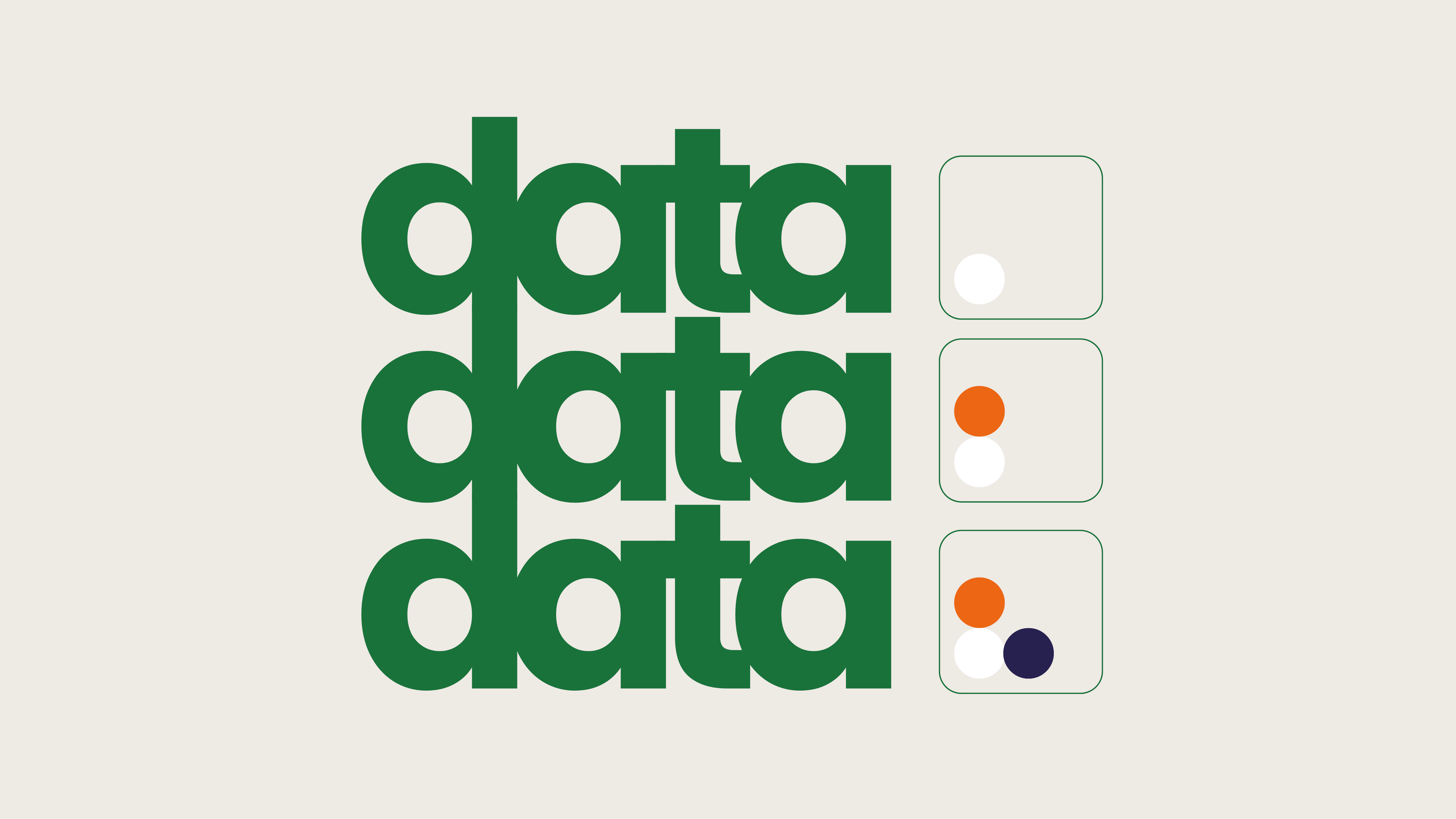When we talk about the deliverables of a data team, they typically fall into two categories:
- Insights – These help organizations make informed decisions and refine their strategy.
- Enriched Data Feeds – These are automated outputs that operationalize processes or prepare data for AI frameworks.
Both have business value, but today, let’s zoom in on insights—because while automated data feeds drive efficiency, true impact often comes from data that changes minds, shifts perspectives, and influences strategic action.
Insights: More than just data
Raw data on its own doesn’t create impact. It needs to be analyzed, interpreted, and framed in a way that resonates with stakeholders. And that’s where the choice of delivery method becomes critical. Data teams typically use one of two formats:
- Analyses – Deep dives into data that highlight patterns, trends, and implications. These often require a manual step to contextualize and communicate findings.
- Dashboards – Interactive tools designed for ongoing monitoring, allowing users to explore data on their own.
While both are valuable, they serve different purposes. And if you’re looking to drive decision-making, a dashboard alone won’t cut it.
The limits of dashboards
Dashboards are built for exploratory analysis. They allow users to slice and dice data, uncover trends, and explore different angles of a problem. But they’re not designed to tell a story. They require the user to do the interpretation. And that’s fine—if your audience is made up of analysts.
But if your goal is to drive a decision, influence a stakeholder, or communicate a critical insight, you need to shift into explanatory mode. That’s where analyses—and more importantly, data storytelling—come in.
The power of data storytelling
Data storytelling bridges the gap between numbers and decisions. It takes raw insights and turns them into a compelling narrative that:
- Guides the audience – Instead of expecting them to explore and interpret the data themselves, storytelling directs their focus to the key takeaways.
- Emphasizes clarity – The most important insights are surfaced, refined, and structured for impact.
- Drives action – By packaging data into a persuasive story, you make it easier for stakeholders to understand the implications and act on them.
Choosing the right delivery format
Think of it this way:
- If your audience needs to explore and find their own patterns, give them a dashboard.
- If your audience needs to understand and act on a key insight, give them an analysis—with storytelling.
This is exactly why we offer a dedicated Data Storytelling Workshop—because communicating insights effectively is just as important as uncovering them. And while a Dashboard Design Workshop is coming soon, we believe dashboards should support exploration—not replace storytelling.
So the next time your data team needs to deliver insights to a stakeholder, ask yourself: Do we want our audience to explore? Or do we need them to understand? Because the way you communicate your data might just determine whether or not it drives policy and decision making. And isn’t that what your team is working for?

